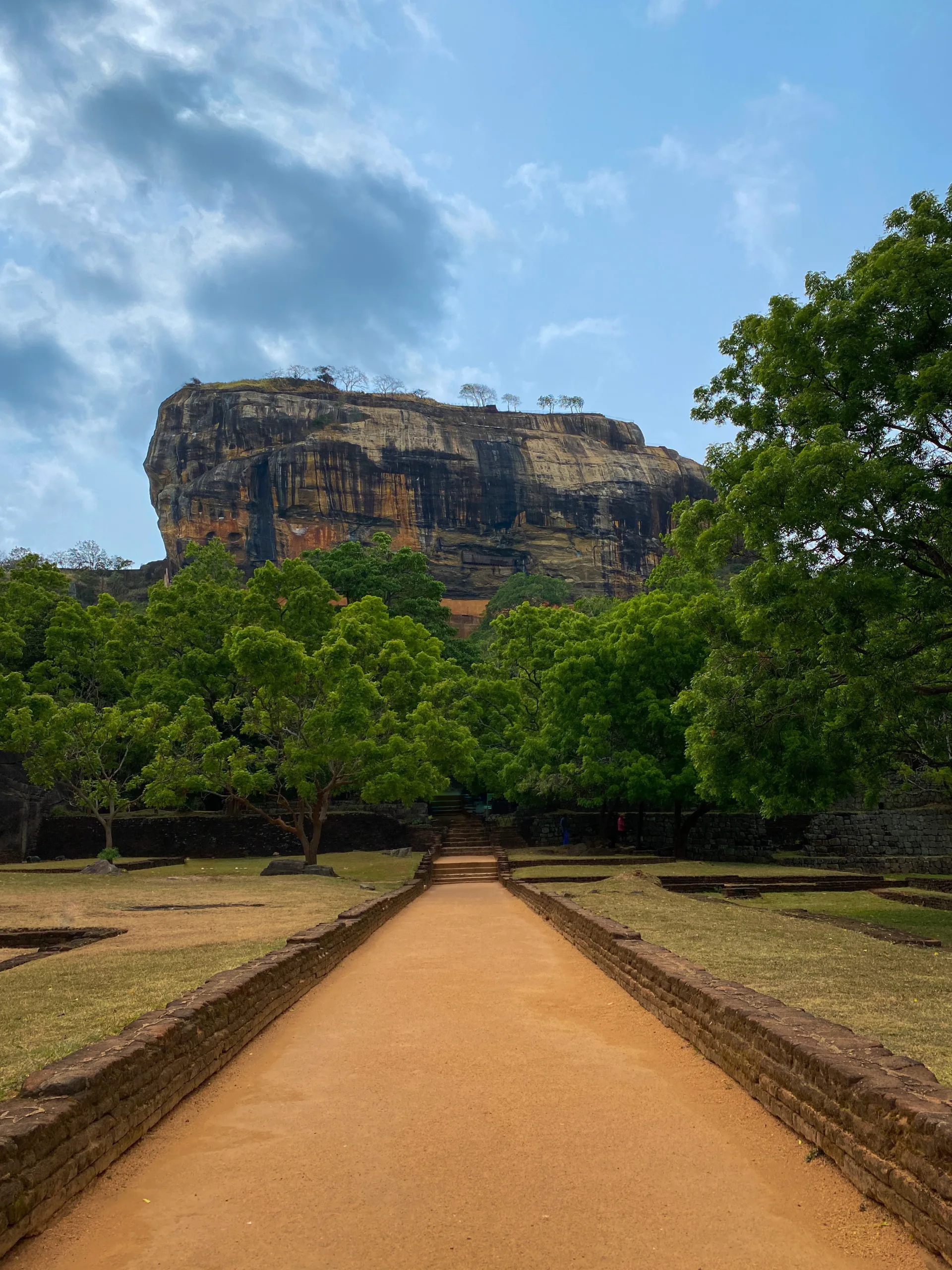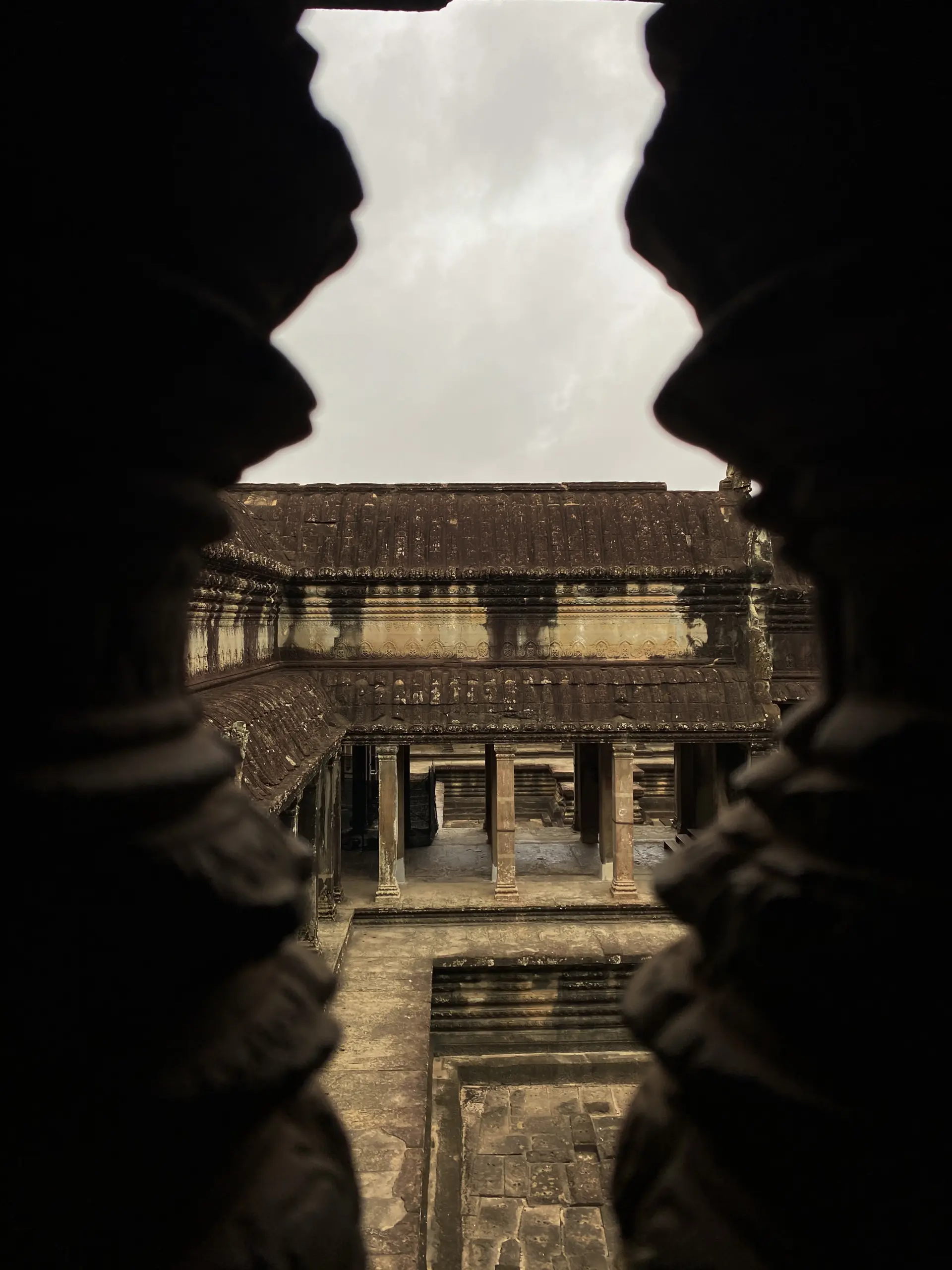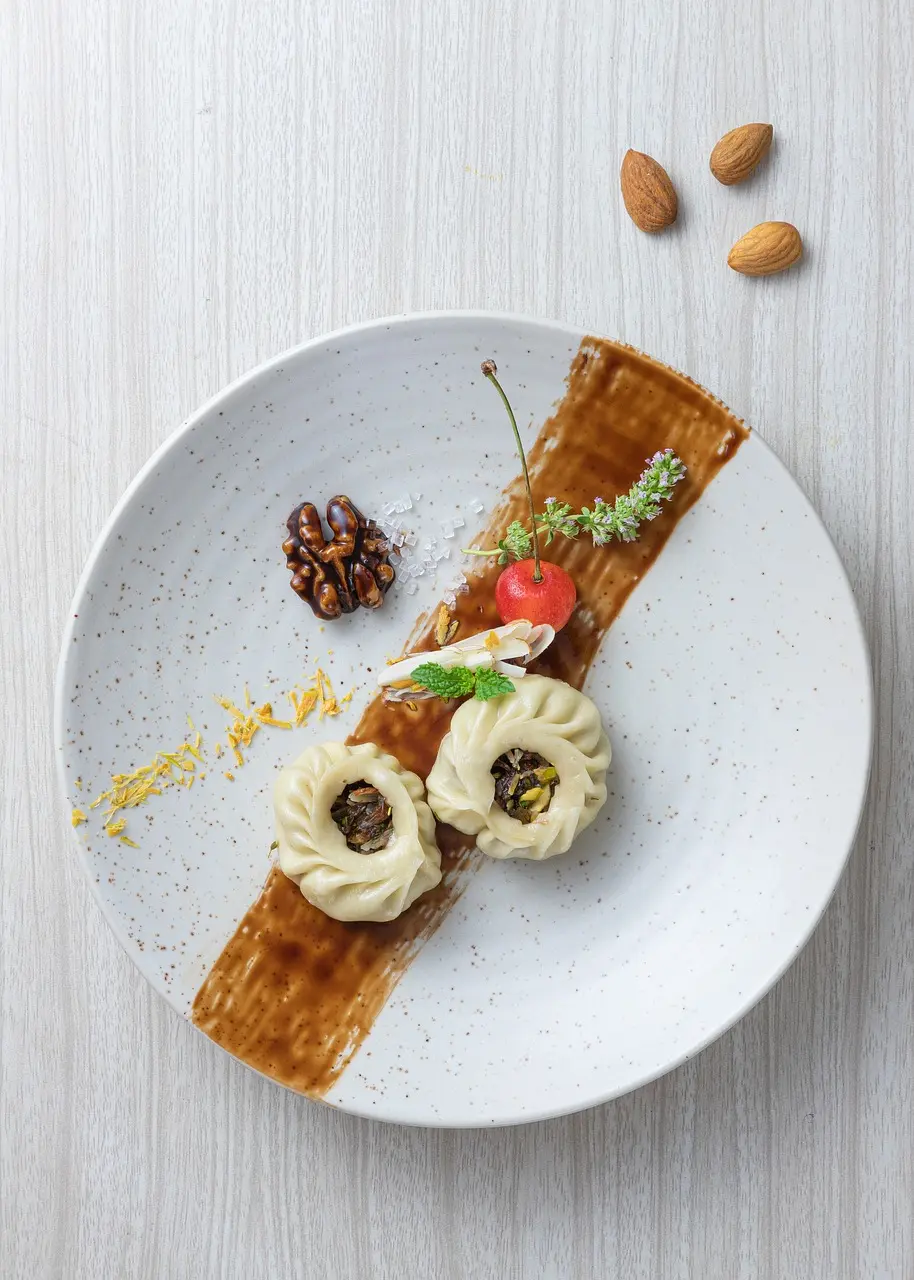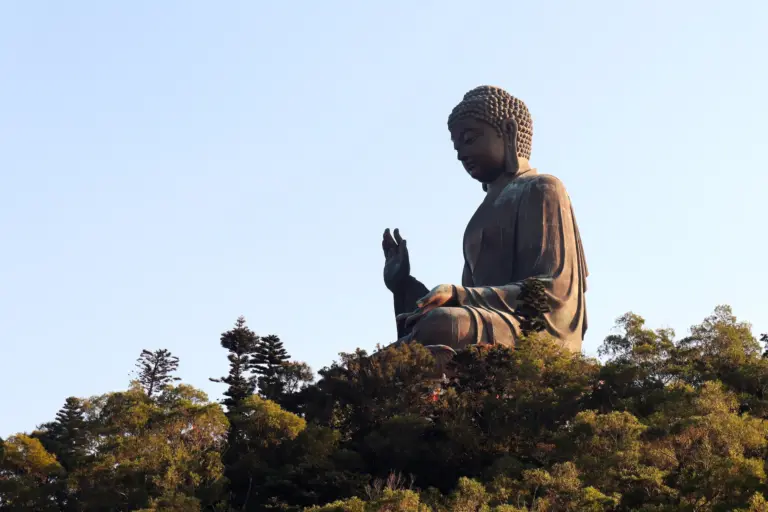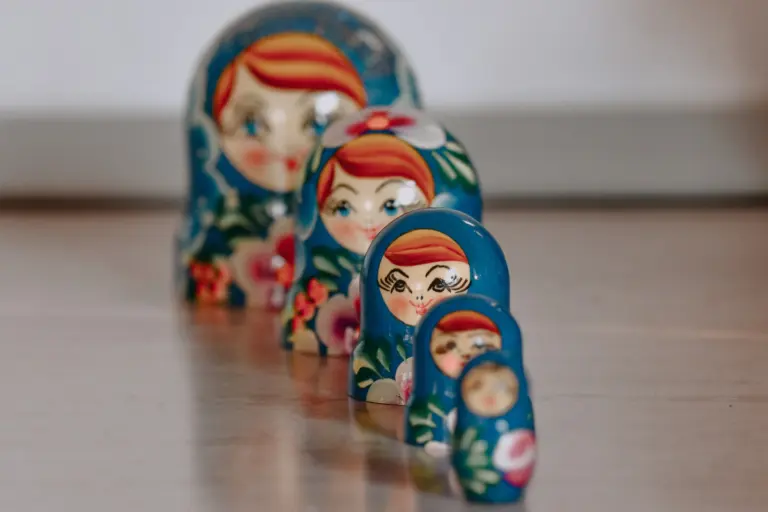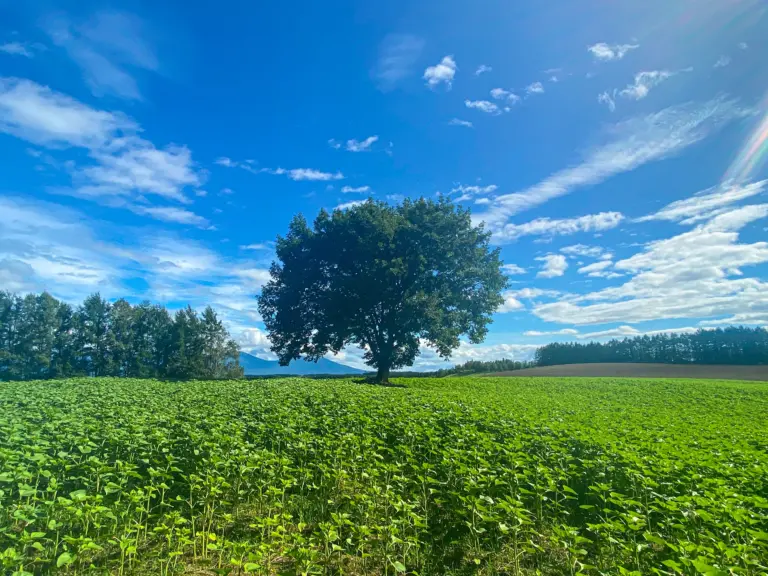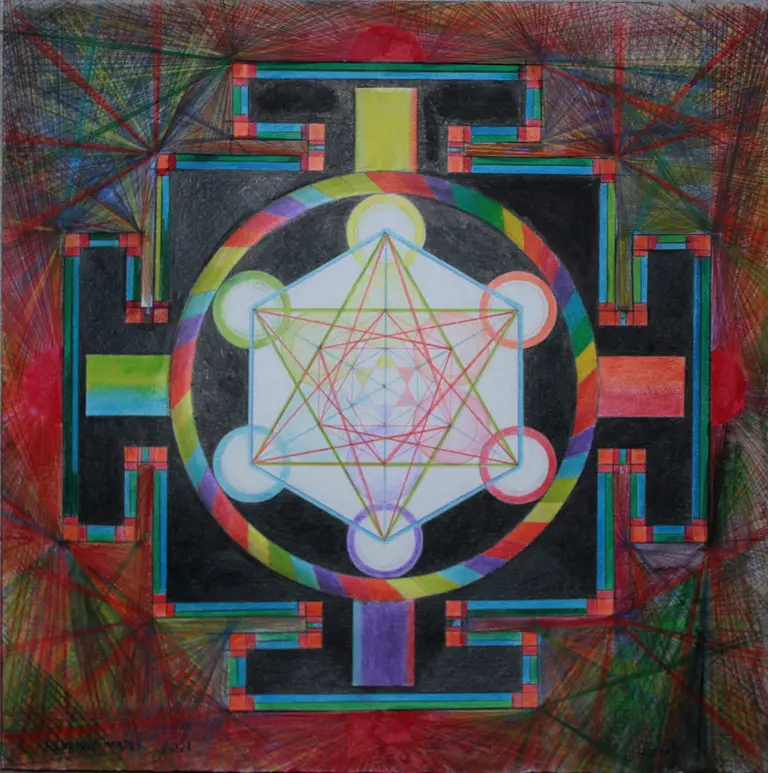The Ryukyu Islands have long since cultivated a culture that is both enchanting and distinct. The isolation of these islands have given birth to a way of life that is a fusion of various influences, yet uniquely its own.
Ryukyuan culture is actually a blend of indigenous traditions, influenced over centuries by cultural exchange with China, Southeast Asia, Korea, and mainland Japan.
But what exactly makes Ryukyuan culture so unique? This article invites you on a journey to discover the heart of Ryukyuan culture, exploring its rich history, colorful traditions, and the enduring spirit of its people.
Table of Contents
ToggleRyukyuan Cultural Concepts
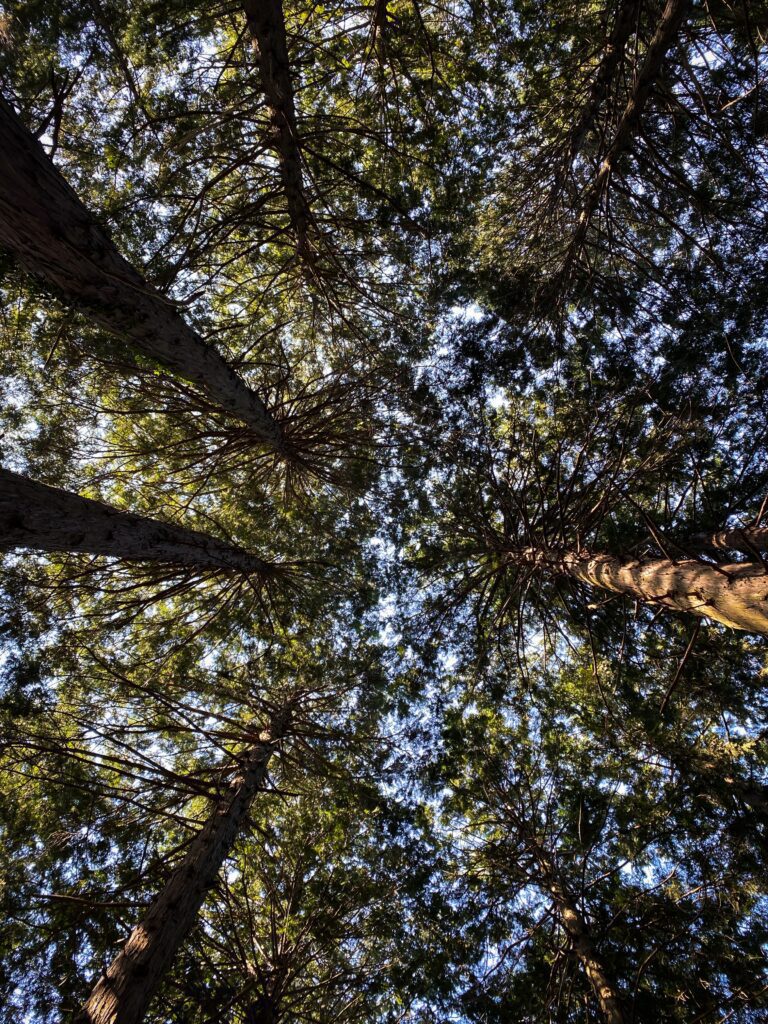
Shikina Seishin
“Shikina Seishin” in Ryukyuan culture is a concept that embodies the spirit of living in harmony with nature.
The term “Shikina” refers to nature, while “Seishin” is about the mindset. This concept is deeply intertwined with the Ryukyuan understanding of the world around them. The islands, blessed with rich natural resources and diverse ecosystems, have historically necessitated a close bond between the inhabitants and their environment.
This intimate connection gave birth to the principle of Shikina Seishin, emphasizing a respectful and symbiotic relationship with nature.
In Ryukyuan belief systems, nature is often regarded as sacred. Trees, rocks, rivers, and other natural elements are believed to be inhabited by spirits.
This spiritual dimension of Shikina Seishin implies that respecting and caring for the environment is akin to honoring the divine. It’s a worldview that sees humans as an integral part of the natural world, not separate or superior to it.
Chimugukuru
The term “Chimugukuru” can be loosely translated as “the true heart.”
Chimugukuru is about a genuine sense of caring for others, particularly for the elders and the community as a whole. It is an expression of the collective consciousness that values harmony, mutual respect, and the well-being of all community members.
This mindset is not limited to human interactions; it extends to a respectful relationship with nature and the spiritual world, reflecting the interconnectedness of all life in the Ryukyuan worldview.
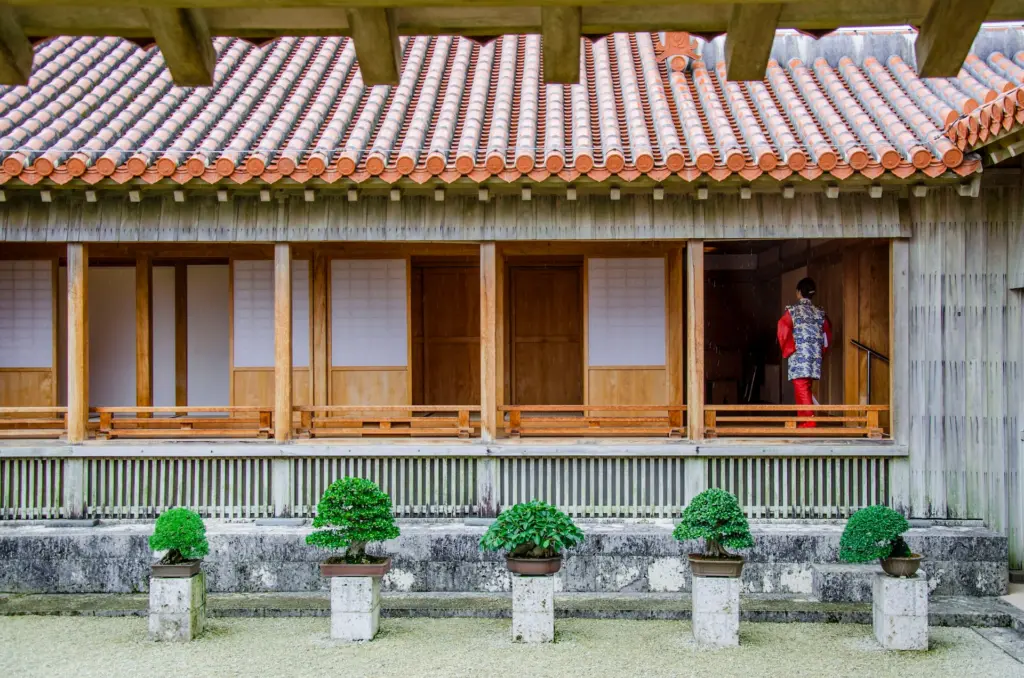
Nuchi du Takara
The phrase “Nuchi du Takara” translates to “life is a treasure“. This concept has its roots in the historical experiences of the Ryukyu people, who have faced various challenges, including wars and natural disasters. These experiences have instilled in them a deep appreciation for the sanctity of life.
In Ryukyuan culture, Nuchi du Takara is an active principle that influences decision-making, conflict resolution, and social interactions.
This philosophy encourages a pacifist approach to conflicts, emphasizing dialogue, understanding, and the avoidance of violence. It’s a mindset that prioritizes human life and well-being over material gains.
Ichariba Chode
This Okinawan phrase, which translates to “Once we meet, we become brothers and sisters,” represents a deep-rooted ethos of hospitality, regardless of the background.
It reflects an ingrained belief in the value of every human encounter and the potential for a meaningful connection from the very moment of meeting.
In practice, Ichariba Chode manifests in the warm and open-hearted way the Ryukyu people interact with others, be they neighbors or strangers. It signifies the immediate embrace of anyone into the community, offering them the same respect and kindness as one would to a family member.
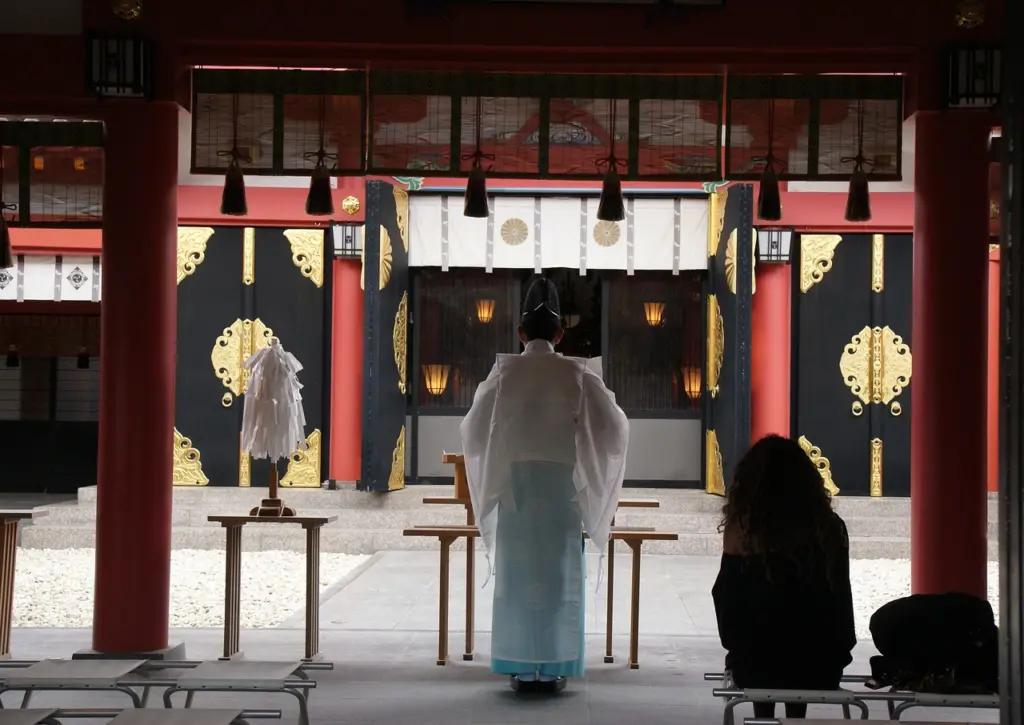
What is Ryukyuan Religion like?
At the heart of Ryukyuan religion is the belief in animism, the idea that both animate and inanimate objects possess a spirit. This extends to natural elements like trees, rocks, rivers, and even man-made objects.
Utaki, which are sacred groves, hold immense significance in Ryukyuan religion. These natural areas, such as forests, caves, or mountain tops, are considered to be the dwelling places of the gods.
The religion is also marked by shamanistic practices, which involve rituals conducted by priestesses known as Noro. These rituals are crucial for communicating with and appeasing the spirits to maintain harmony.
Ryukyuan religion has also absorbed elements of Buddhism and Shintoism over the centuries, through cultural exchange with Japan and other regions. This syncretism has resulted in a unique blend of beliefs and practices.
In the modern era, traditional Ryukyuan religious practices have seen a decline, influenced by mainstream Japanese culture and modernization.
Ryukyuan Traditions
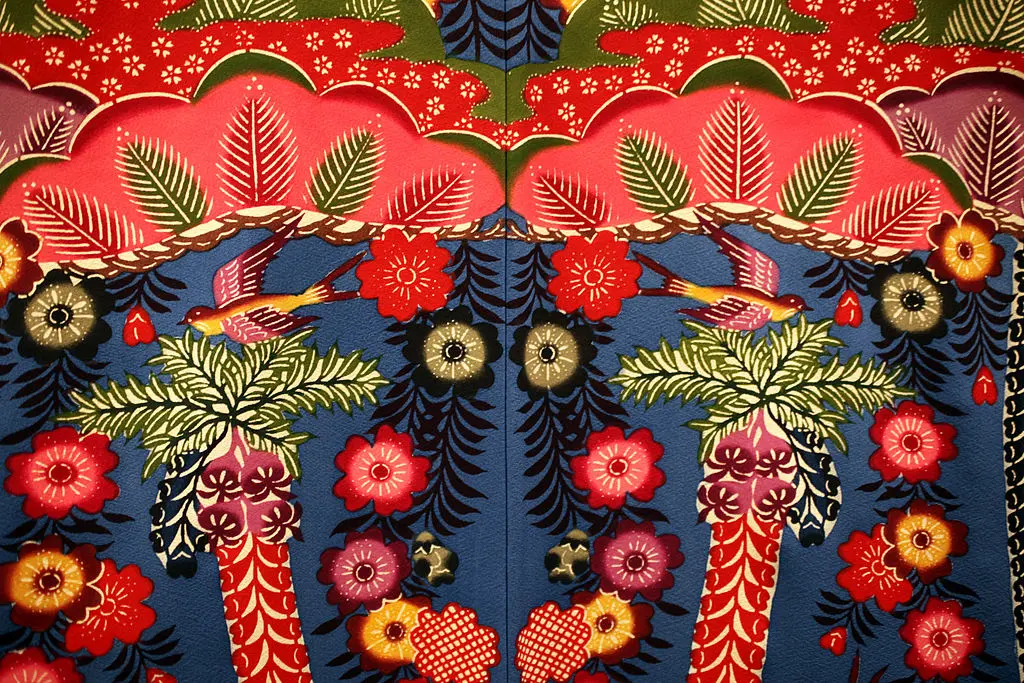
Bingata
Bingata is a vibrant and distinctive traditional art form from the Ryukyu Islands. This textile-dyeing technique is celebrated for its elaborate designs, vivid colors, and unique patterns, which often feature motifs from nature, such as flowers, leaves, and animals.
The art form was historically associated with the Ryukyu Kingdom’s aristocracy and was often used in garments for the royal court and noble families.
The process of creating Bingata is intricate and involves stenciling designs onto cloth, typically using rice paste, and then dyeing the fabric using natural dyes. The dyes were traditionally made from plants and other natural materials found on the islands, contributing to the distinctive palette of Bingata, which includes bright reds, yellows, blues, and greens. After dyeing, the rice paste is washed off, revealing the pattern.
Karate
Karate is one of the most internationally recognized martial arts, yet its roots in Ryukyuan culture are often less known.
Historically, Karate developed in the Ryukyu Islands under unique circumstances. Influenced by indigenous fighting techniques and Chinese martial arts, it evolved as a method of self-defense at a time when weapons were often forbidden by ruling powers. This context led to the emphasis on empty-hand techniques – the literal meaning of “Karate” being “empty hand.”
One of the unique aspects of Okinawan Karate is its focus on internal power and the development of chi (or ki), the life force energy. This approach is reflective of the Ryukyuan and broader East Asian philosophies which emphasize the flow and balance of energy within the body.

Shisa
The Shisa are a quintessential feature of Ryukyuan culture. These mythical creatures serve both as guardians and symbols of the unique cultural identity of the region. If you’ve ever been down to Naha‘s Kokusaidori, you’ll have no doubt seen these guys.
Shisa are typically depicted as a cross between a lion and a dog, with one resembling a lion more closely and the other taking on more canine features. Traditionally, they are positioned at the entrances of homes, temples, and other buildings, believed to ward off evil spirits and bring good luck.
The Shisa pair usually consists of one with its mouth open, to ward off evil spirits, and the other with its mouth closed, to keep in the good spirits.
The origin of the Shisa is thought to be influenced by similar lion-dog figures from China, known as “Shishi,” which were introduced to the Ryukyu Islands through cultural exchange.
Over time, these figures were adapted and incorporated into local beliefs and customs, evolving into the unique form of the Shisa seen today.
Kajimaya
Kajimaya is a joyous tradition that honors the longevity of the elderly. Afterall, Okinawa has come to be known as the “Island of the Longevity“.
The term “Kajimaya” specifically refers to the celebration of an individual’s 97th birthday. The number 97 is significant in Okinawan culture as it is considered a lucky number, symbolizing a long and fulfilling life.
During the Kajimaya celebration, the person who turns 97 is often given a replica of a kajimaya, which is a traditional Ryukyuan windmill. This windmill symbolizes the idea of returning to one’s childhood in old age – a concept that reflects the cycle of life and the joy and simplicity associated with the innocence of youth. The windmill, with its turning blades, also represents the continuous flow of life and the passing of time.
The celebration is typically a festive and colorful event. Family, friends, and community members come together to honor the Kajimaya. It’s a time for sharing stories, imparting wisdom, and celebrating the journey of life.
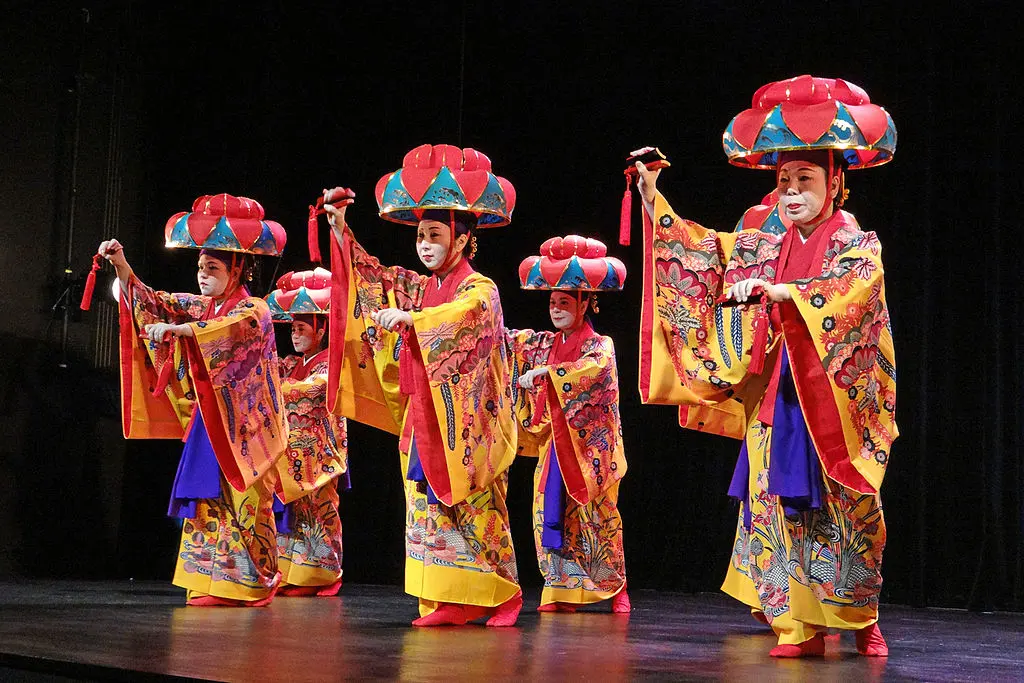
Ryukyuan Traditional Dance
Ryukyuan dances can be broadly categorized into two main types: classical court dances and folk dances. Here are some traditional Ryukyuan dances:
Eisa: Eisa is a lively, drum-based dance often performed during the Obon festival to honor ancestors. Dancers, accompanied by drummers, engage in rhythmic movements that are both energetic and symbolic.
Kumi Odori: A classical dance-drama form, Kumi Odori was developed in the 18th century for the Ryukyuan royal court. It combines elements of dance, music, and acting, and is characterized by its elegant movements and emotional storytelling.
Yotsudake: This dance is named after the bamboo castanets (yotsudake) used by the dancers. It’s a court dance, characterized by slow, graceful movements and the distinctive clacking sound of the castanets. The dance is often performed by women in beautiful, flowing kimonos.
Zo Odori: The Zo Odori or Elephant Dance is a unique dance that imitates the movements of an elephant, a nod to the time when the Ryukyu Kingdom had active trade with regions where elephants were native.

Ryukyuan Traditional Music
The Sanshin, a three-stringed lute, is the quintessential piece of Okinawan music. Its melancholic yet soulful sound is central to both classical court music and vibrant folk tunes.
Classical court music, known as Utagaki, originated in the Ryukyu Kingdom’s royal court. It’s characterized by its refined elegance, often accompanying traditional dances like Kumi Odori. This music typically features historical or mythological narratives, performed with traditional instruments, creating a serene and ethereal ambiance.
Folk music, or Min’yo, on the other hand, is lively and diverse, mirroring the daily lives and emotions of the local people. It encompasses a wide array of songs, from those related to fishing and farming to celebratory and ritualistic tunes. The lyrics of these songs often convey stories and traditions, reflecting the collective experiences of the community.
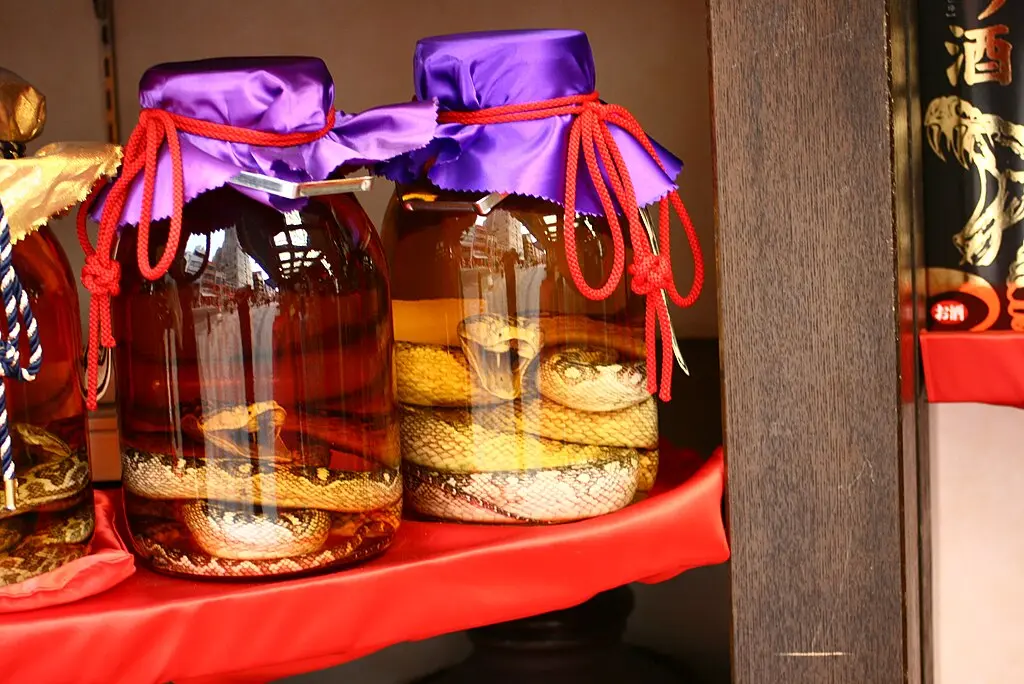
What to Eat in Okinawa
If you ever find yourself around Okinawa, be sure to try out the finest of Ryukyuan cuisine:Here are some must-try dishes and foods in Okinawa:
-
Goya Champuru: A staple dish in Okinawan cuisine, Goya Champuru is a stir-fry that typically includes bitter melon (goya), tofu, eggs, and pork or Spam. The combination of bitter, savory, and umami flavors makes it a unique and satisfying dish.
-
Okinawa Soba: Despite its name, Okinawa Soba is different from mainland Japanese soba. It’s a noodle soup with thick wheat noodles served in a broth made from pork or bonito and topped with slices of pork belly, green onions, and pickled ginger.
-
Rafute: This is a traditional Okinawan slow-cooked pork belly dish. The pork is simmered in soy sauce, sake, and sugar, which makes it tender and gives it a sweet and savory flavor.
-
Taco Rice: A fusion dish that represents the American influence on Okinawa, Taco Rice consists of ground beef seasoned with taco spices, served on a bed of rice, and topped with cheese, lettuce, and tomatoes.
-
Mimiga: A dish made from thinly sliced pig’s ears, seasoned and served with a sauce made from vinegar and peanut. Mimiga has a unique texture and is often enjoyed with alcoholic beverages.
-
Shikuwasa Juice: A citrus fruit native to Okinawa, Shikuwasa is often used in beverages, dressings, and sauces. Its juice is a refreshing and tangy treat, especially during the hot Okinawan summers.
- Habushu: Also known as “snake sake,” Habushu is a type of awamori that is infused with a venomous snake, typically the habu snake. This alcoholic beverage is not only unique in its ingredients but also in its preparation. The snake is usually submerged in the alcohol, and its venom, neutralized by the alcohol, is believed to impart health benefits.
What is Ryukyuan Language like?
Ryukyuan languages are distinct enough to be considered separate from Japanese, with their own unique phonetic systems, grammar, and vocabulary.
For example, some Ryukyuan languages are tonal, a feature not found in Japanese, where the tone in which a word is spoken can change its meaning.
There isn’t just one Ryukyuan language but several, each corresponding to different island groups in the Ryukyus, such as Okinawan, Amami, Miyako, Yaeyama, and Yonaguni.
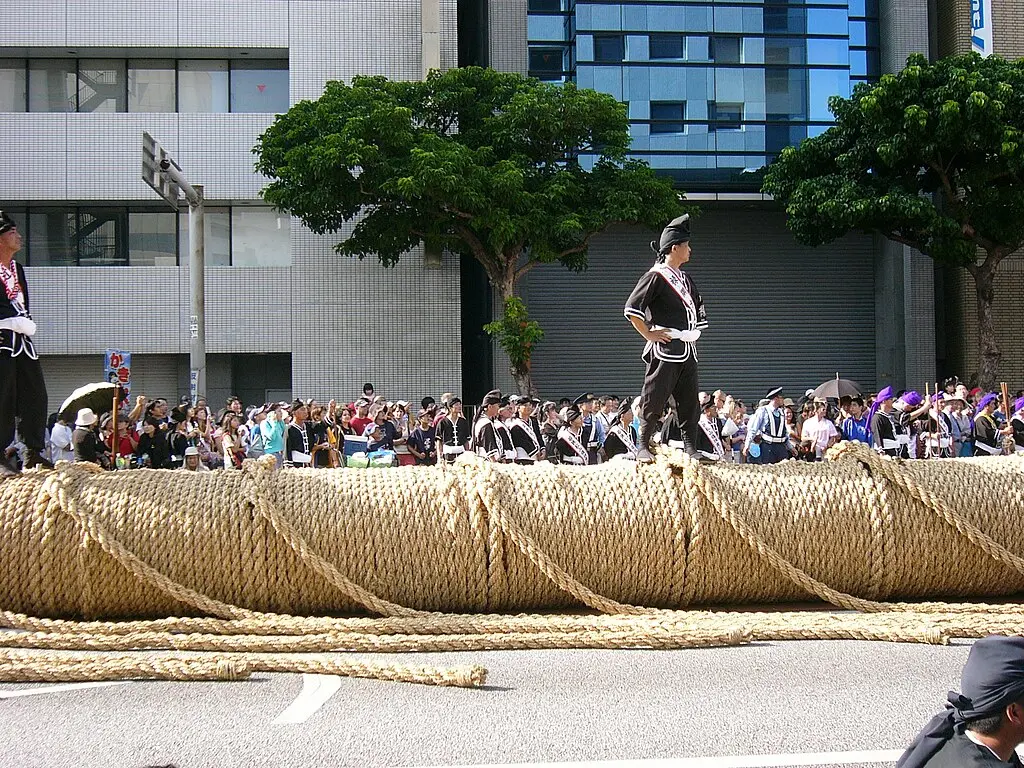
Ryukyuan Customs
The Hari celebrates the first catch of bonito of the season, symbolizing gratitude towards the sea and praying for a bountiful fishing season. Villagers gather to share the first catch, a custom reflecting the community’s close ties with the ocean.
Similar to the Obon festival but unique to the Ryukyu Islands, Shimi (tomb sweeping) is a time when families gather to clean and pay respects at their ancestral tombs.
There is traditional summer event known as Mo-Ashibi (night playing) where people, especially the youth, gather at night for communal entertainment, including music, dance, and storytelling.
Large-scale tug-of-war events are held in various Okinawan communities. These are actually symbolic rituals to pray for abundant harvests, prosperity, and community unity.
Fishermen often engage in Ugan, a ritual to pray for safety and abundance from the sea.
Plan Your Trip to Okinawa | Best Travel Resources
Book Your Accommodations
- Booking.com – the world’s leading online booking platform for accomodations around the world, they have an extensive amount of available listings with zero booking fees and best price guarantees.
- Hostelworld – a backpacker’s best friend, Hostelworld has the largest collection of hostels and guesthouses for affordable prices.
Don’t Forget Insurance
- SafetyWing – from Nomad Insurance, an insurance by nomads for nomads. They understand our lifestyle well and have really comprehensive and flexible plans that cater to any traveler.
Find Cheap Flights
- Kiwi.com – my go-to for booking and finding the cheapest flights and it’s helped me save tons of money. They do virtual interlining which is connecting flights from airlines that do not codeshare, so you can find routes that you wouldn’t be able to find normally.
Join Tours & Activities
- GetYourGuide – is one of the best places to find unique tours and activities. I found that it’s an excellent way to meet fellow travelers and create fond memories. They are not only limited to tours as they also offer niche services such as skip-the-line tickets or private transfers.
Catch a Ride
- Rentalcars.com – nothing beats the freedom of the road, Rentalcars.com is the world’s largest online car rental service. They operate across 160 countries so they’re the perfect partner to work with if you find yourself wanting a ride.

